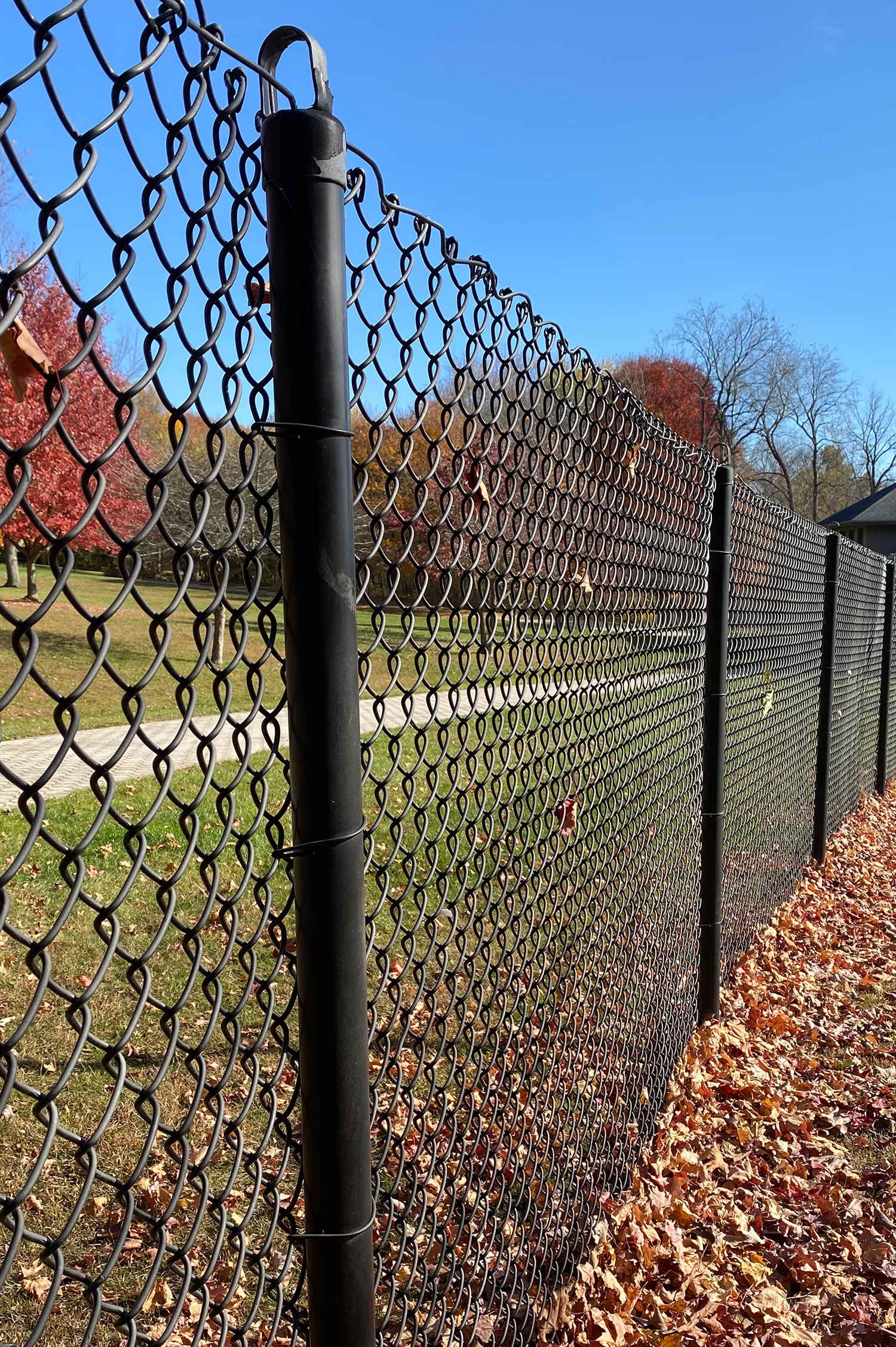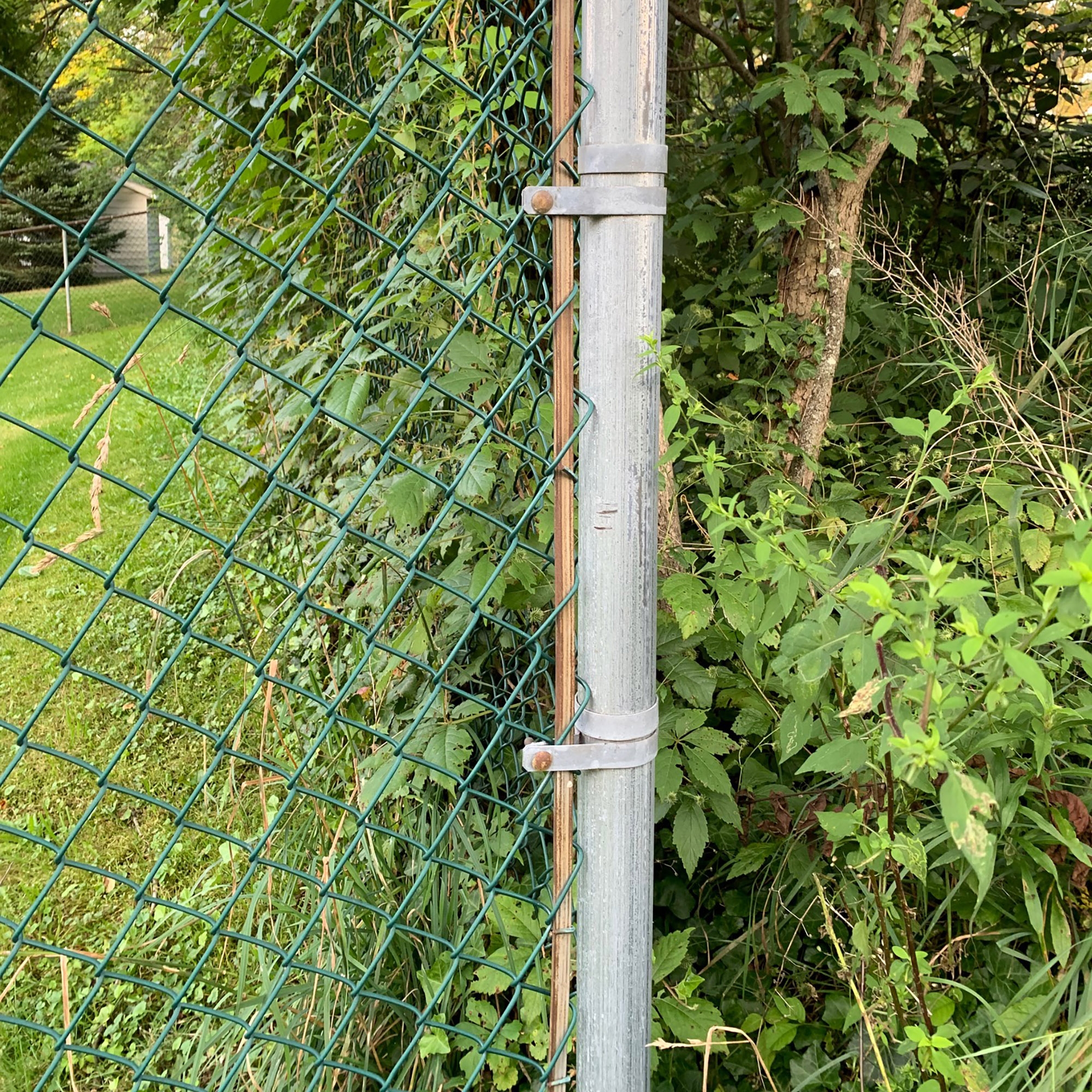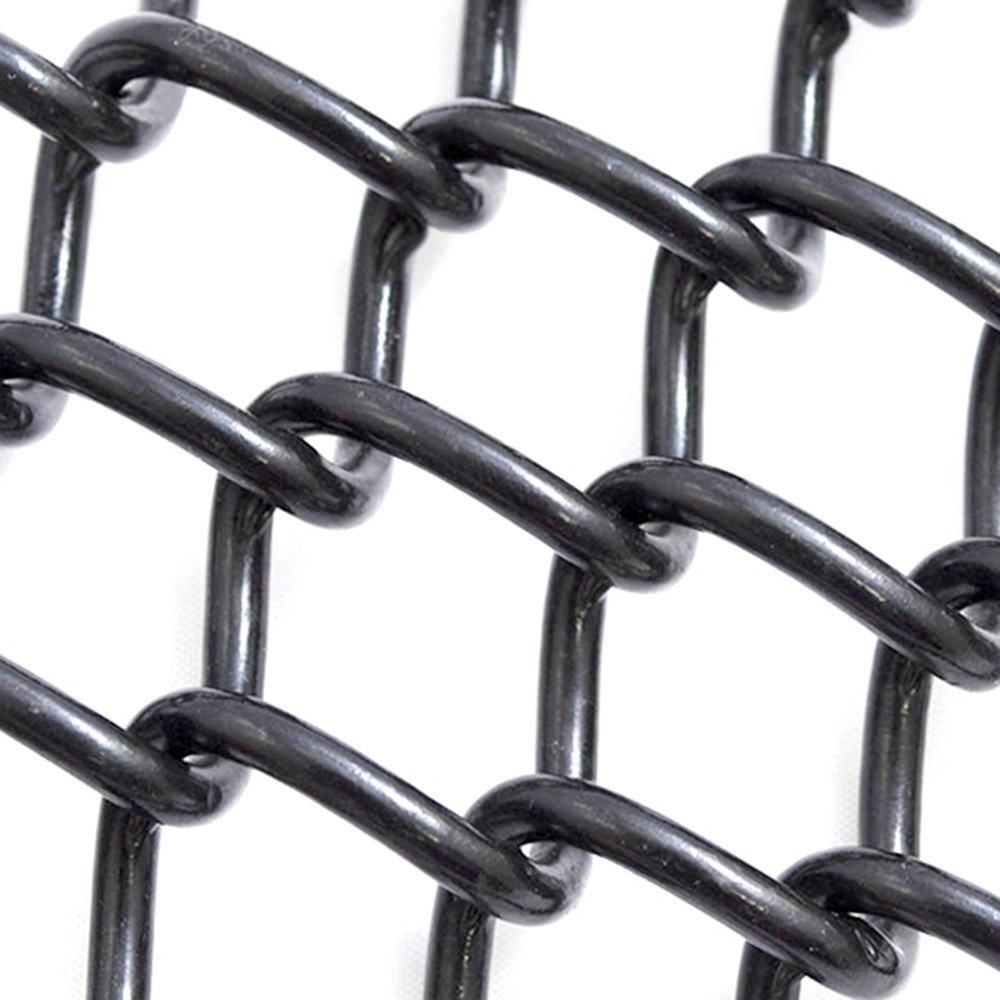NPS Pipe Sizing For Chain Link Fences

With so many ways to measure steel posts, including inside diameter, outside diameter, and wall thickness, you may be more than overwhelmed when finding the right size for your project. Plus, when you consider the nominal diameter versus nominal pipe size, this adds up to a jumble of terms that make fencing way more complicated than it needs to be. However, once you understand these terms, it's easier to see how posts are measured and how they work to help you get the perfect size for your chain link fence.
What Is NPS?
NPS stands for the North American standard for pipe sizing. Like other measurements, such as inches or cups, the United States has a measuring system for pipes. The nominal size is used to depict the size of the diameter of the pipe's hole. The sizing for this is done in fractions. However, the diameter of the pipe does not say anything about the pipe's thickness. The pipe's thickness is dictated by another measurement known as the schedule of the pipe.
What Is A Pipe Schedule?
Pipe schedule refers to the thickness of the wall of your pipe. The larger the schedule number, the thicker the pipe is. Usually, the outer diameter of the pipe stays the same no matter the schedule, but the pipe's schedule can alter the inner diameter.
Why Is A Pipe's Schedule Important?
The pipe's schedule is essential because specific industries require select schedules of pipes. For example, Schedule 40 is the most widely used schedule and is commonly used in construction work. Schedule 80 or 160 is used for industries where a pipe cannot be exposed because high-pressure water or gas is being transported through the pipe. Therefore, if you plan on using your pipe for a specific industry, the schedule could make all the difference in where you can use the pipe.
What Is DN For Pipe Measurements?
DN is simply the exact measurement as NPS but just measured in millimeters. This ISO (International Organization For Standardization) metric is used internationally. So, if you need a pipe from the United States or want to purchase one overseas, you can easily convert NPS to DN or vice versa. If you need clarification on pipe sizing, this chart will help you see what pipe sizing you need for your project.
Pipe Schedules (Wall Thickness):
| Fence Nominal Pipe Size (OD) | Actual OD Pipe Size | Actual O.D. (Inches) | SS20 Wall Thickness | SS40 Wall Thickness | Schedule 40 |
|---|---|---|---|---|---|
| 1 3/8" | 1 3/8" | 1.315" | 0.085" | 0.104" | 0.179" |
| 1 5/8" | 1 5/8" | 1.660" | 0.085" | 0.110" | 0.191" |
| 2" | 1 7/8" | 1.900" | 0.090" | 0.120" | 0.200" |
| 2 1/2" | 2 3/8" | 2.375" | 0.095" | 0.130" | 0.218" |
| 3" | 2 7/8" | 2.875" | 0.110" | 0.160" | 0.276" |
| 3 1/2" | 3 1/2" | 3.500" | 0.110" | 0.160" | 0.300" |
| 4" | 4" | 4.000" | 0.160" | 0.160" | 0.318" |
| 4 1/2" | 4 1/2" | 4.500" | - | - | - |
| 5" | 5 9/16" | 5.563" | - | - | - |
| 6" | 6 5/8" | 5.625" | - | - | 0.432" |
| 8" | 8 5/8" | 8.625" | - | - | 0.500" |
What Size Pipe Or Post Is Best For A Chain Link Fence?
If creating a chain link fence, you'll need a pipe of schedule 40 or less to go along with your fence. Schedule 40 is usually the commercial standard for chain link fences. On the other hand, some people use a less dense thickness, but it is recommended to go for schedule 40 if it is a commercial project.
What Materials Is Chain Link Fence Pipe Made Of?
Chain link fence pipe is made from galvanized steel. This material is sturdy enough to last many years outside, and it is rust-resistant. This is the expected standard for chain link fences, but it is sometimes powder-coated in black or other colors based on preference.




